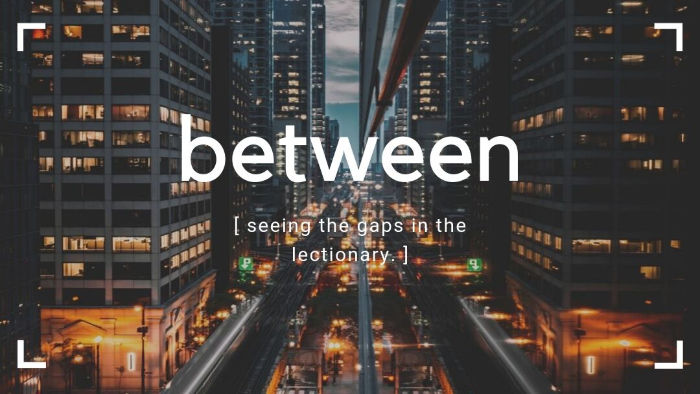A look at the gaps in the lectionary.
This week: the gap between Easter 3B and 4B
The text: John 9; John 10:1-10
After two weeks of resurrection stories, we jump back to the middle of John where Jesus talks about the Good Shepherd. I won’t belabor the weird shift in attention, but to remind us of the context of the moment.
Chapter ten sits between two essential stories about the relationship of Jesus and the religious leadership. Stories of Jesus’s deep generosity to those in need of healing—and of the Pharisees’ fear of a potent Jesus.
The sequence in chapter nine involves a man born blind, who Jesus heals. And unlike most other stories, the leaders aren’t happy about it. They investigate the young man like a criminal. They interrogate his parents, who throw him under the bus.
Their fear and skepticism matches their response to chapter 11, when Jesus raises Lazarus from the dead. They see these two examples of the grace of God as problems that need to be eliminated. In the end, seeking, not only to kill Jesus, but Lazarus, too.
This colors how we encounter Jesus’s discussion with the disciples in chapter ten. He contrasts their spiritual blindness to the shepherd whose voice can be heard.
Jesus contrasts himself from those who oppose him, comparing them to thieves and bandits—the very kind of people the gospel portrays Jesus to be executed with later on.
The contrast itself reveals a contrast, then.
The ones who want him dead for being a bandit are bandits. The ones he’ll be killed with, therefore, are not the “real” bandits, but the weak ones who may be able to hear his voice.
The contrast between power and weakness, between sheep and the good shepherd, serves to highlight the contrast between the powerful and Jesus—and the power they try to wield and the power Jesus himself does wield.
I suspect most of our preaching on Sunday will be about the goodness of the good shepherd image, but I suspect its contrast in its context might yield far more interesting consideration.
